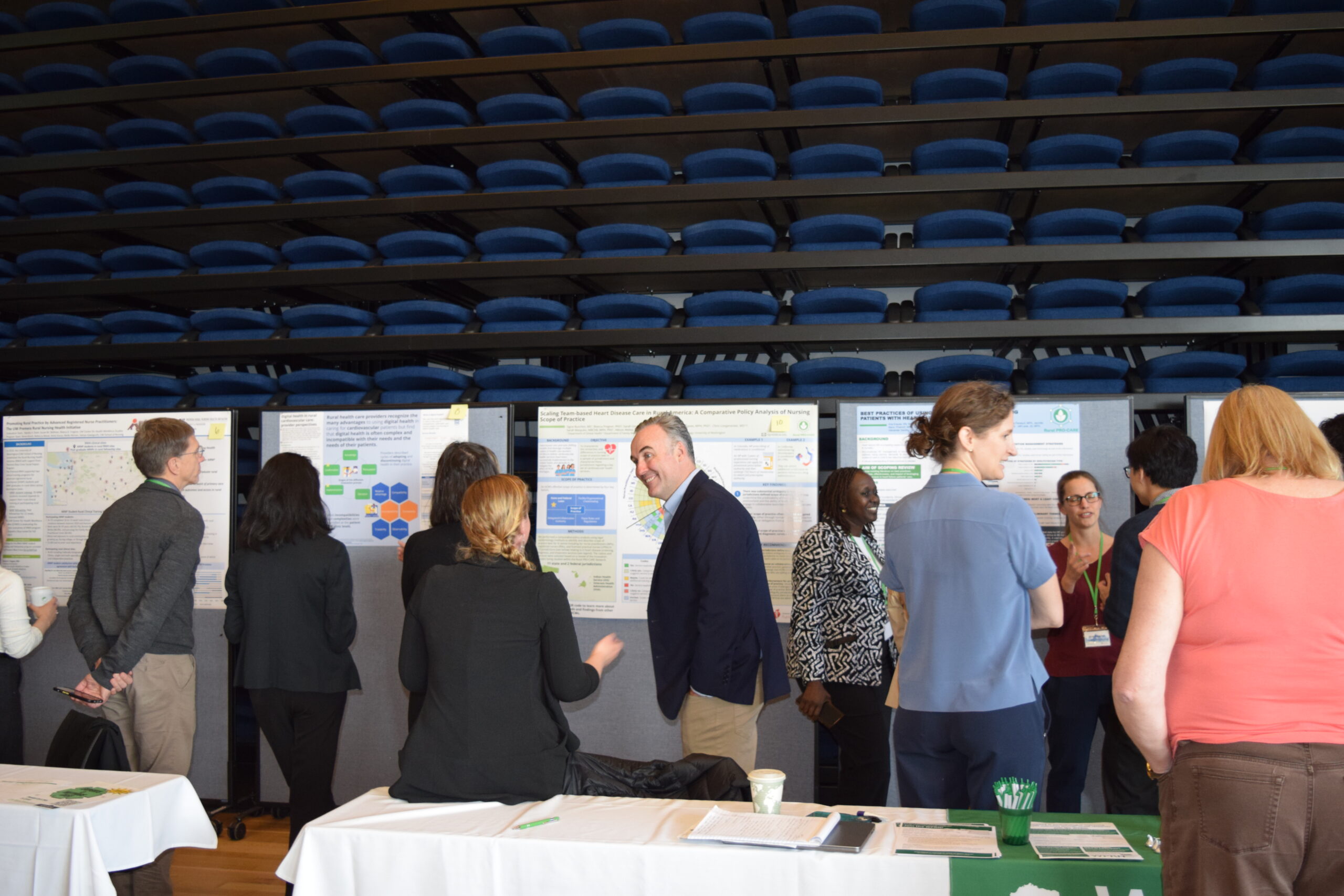
Smoke rises above the Los Angeles skyline during the January 2025 wildfires. In the week after the fires ignited, members of Kaiser Permanente Southern California made 42% more virtual health care visits for respiratory symptoms, according to new research led by Kaiser Permanente and the UW. Credit: Erick Ley, iStock
When uncontrolled wildfires moved from the foothills above Los Angeles into the densely populated urban areas below in January 2025, evacuation ensued and a thick layer of toxic smoke spread across the region. Air quality plummeted. Local hospitals braced for a surge, but it never came.
Research led by the University of Washington and Kaiser Permanente Southern California sheds new light on how the Los Angeles fires affected people’s health, and how people navigated the health care system during an emergency. In the rapid study, published Nov. 26 in JAMA Health Forum, researchers analyzed the health records of 3.7 million Kaiser Permanente members of all ages living in the region. They found that health care visits did rise above normal levels, especially virtual services.
In the week after the fires ignited, Kaiser Permanente members made 42% more virtual visits for respiratory symptoms than expected. Those living near a burn zone or within Los Angeles County also made 44% and 40% more virtual cardiovascular visits, respectively, than expected.
In-person outpatient visits for respiratory symptoms also increased substantially. Members who lived near a burn zone or within Los Angeles County made 27% and 31% more virtual cardiovascular visits, respectively, than expected.
Extrapolating to all insured residents of the county, the researchers estimated an excess of 15,792 cardiovascular virtual visits, 18,489 respiratory virtual visits and 27,903 respiratory outpatient visits in the first week of the fires.
The results suggest that people may rely more heavily on virtual health care during climate-related emergencies, and that providers should better prioritize virtual and telehealth services as they prepare for future crises.
“We saw over 6,241 excess cardiorespiratory virtual visits in the week following the fire ignition. This represents a substantial increase in care,” said Joan Casey, a UW associate professor of environmental and occupational health sciences and of epidemiology who led the research. “While the fires clearly impacted health, virtual care likely enhanced the ability of providers to meet the health care needs of people experiencing an ongoing climate disaster.”
In collaboration with Kaiser Permanente Southern California, an integrated health care system with millions of members across the region, researchers analyzed health records of people who were highly or moderately exposed to wildfires. They defined high exposure as living within about 12 miles (20 kilometers) of a burn zone, and moderate exposure as living within Los Angeles County but farther than 12 miles during the time of the fires.
Researchers looked back three years to estimate how many health care visits to expect in the weeks following Jan. 7 — the first day of the fires — under typical conditions. They then estimated how many people sought care in the first week of the fires, when smoke levels were highest, evacuations took place, and Los Angeles County public schools were closed.
In addition to the spike in cardiovascular and respiratory visits, researchers found a sharp increase in the number of visits for injuries and neuropsychiatric symptoms. On Jan. 7, outpatient injury visits were 18% higher than expected among highly exposed members, and virtual injury visits were 26% and 18% higher than expected among highly and moderately exposed groups, respectively. Among those same groups, outpatient neuropsychiatric visits rose 31% and 28% above expectations, respectively.
While both groups made significantly more visits than expected, proximity to the fires mattered. When researchers zoomed in on respiratory-related virtual visits, they found that minimally exposed members made 31% more visits, moderately exposed members made 36% more, and those living in highly exposed areas made 42% more.
“While healthcare systems often plan to increase the number of hospital beds available or clinic staffing during an emergency, this work highlights the importance of considering virtual care capacity,” said Lauren Wilner, a UW doctoral student of epidemiology and co-author on the study. “This may be particularly true for climate disasters like wildfires, during which people are advised to stay indoors or when people must evacuate — motivating them to seek care online if at all possible. As climate disasters increase in frequency and intensity, it is essential that health care systems know how to prepare for a sudden and dramatic surge in health care utilization.”
Other authors on this study are Yuqian Gu, Gina Lee and Sara Tartof of Kaiser Permanente Southern California; Lara Schwarz of the University of California, Berkeley; Timothy Frankland of Kaiser Permanente Hawaii; Heather McBrien and Nina Flores of Columbia University; Chen Chen and Arnab Dey of the Scripps Institution of Oceanography at UC San Diego; and Tarik Benmarhnia of the Scripps Institution and the University of Rennes in France.
This research was funded by the National Institute on Aging and the National Institute for Environmental Health Sciences.
For more information or to reach the research team, contact Alden Woods at acwoods@uw.edu.









